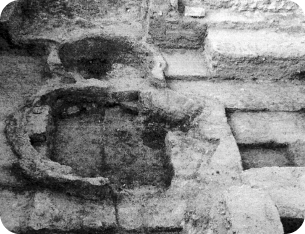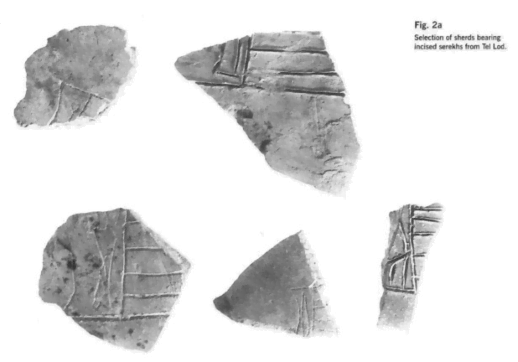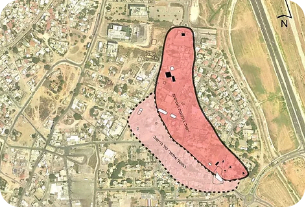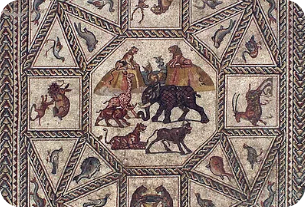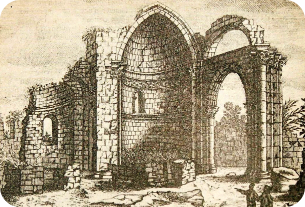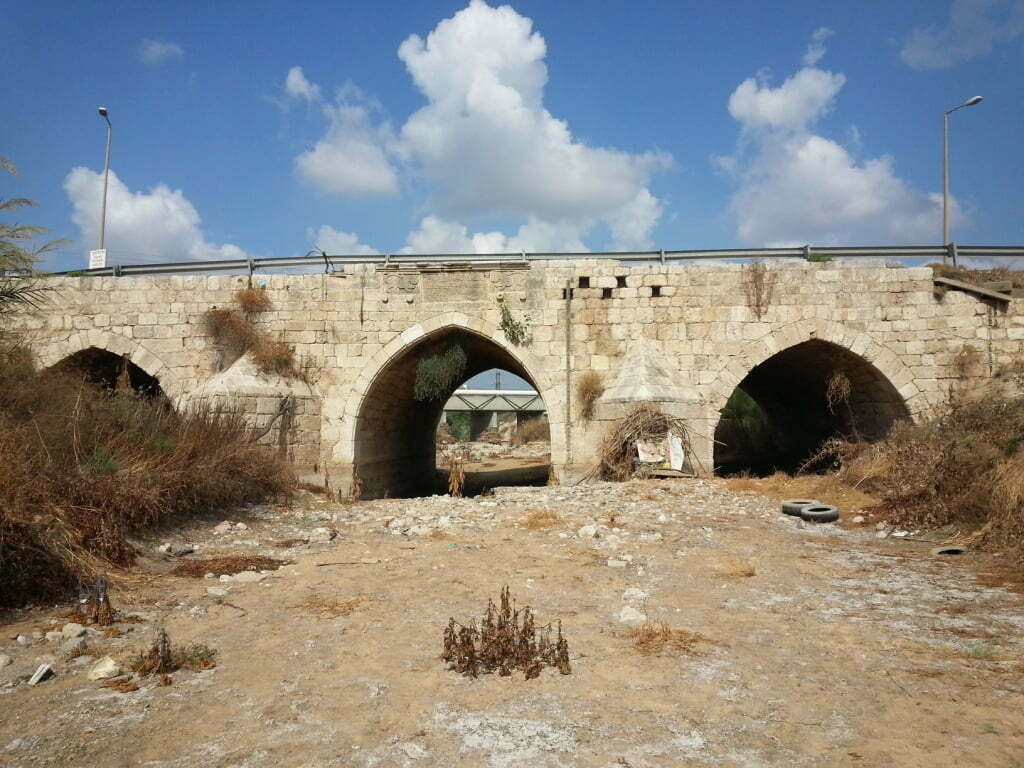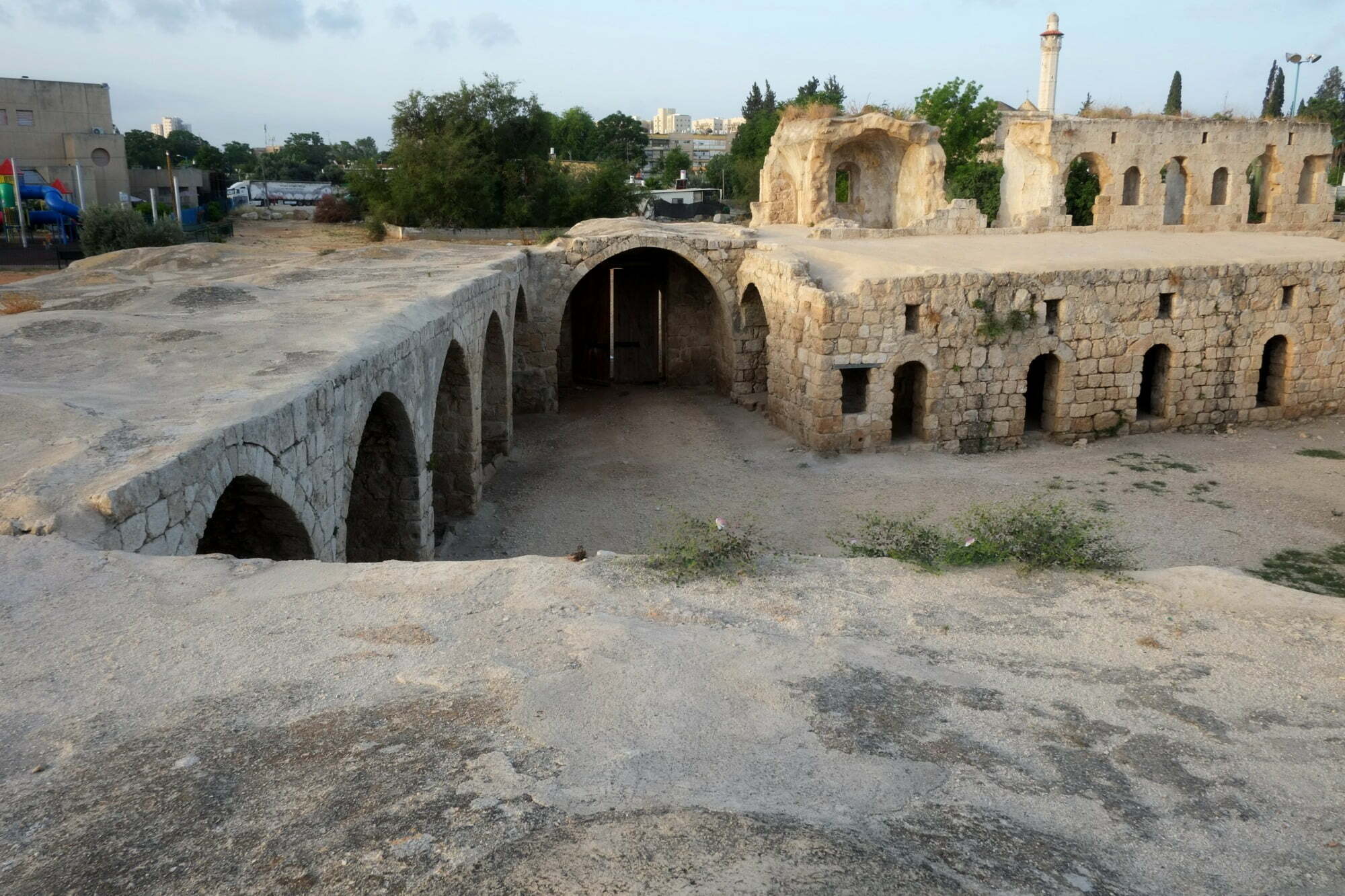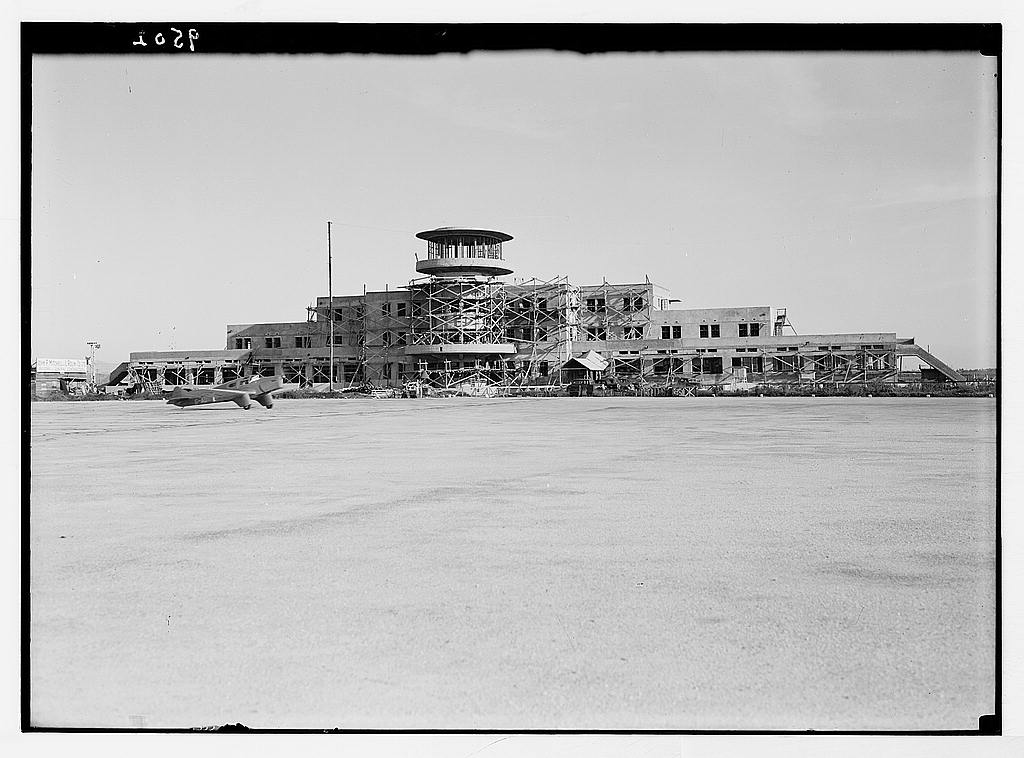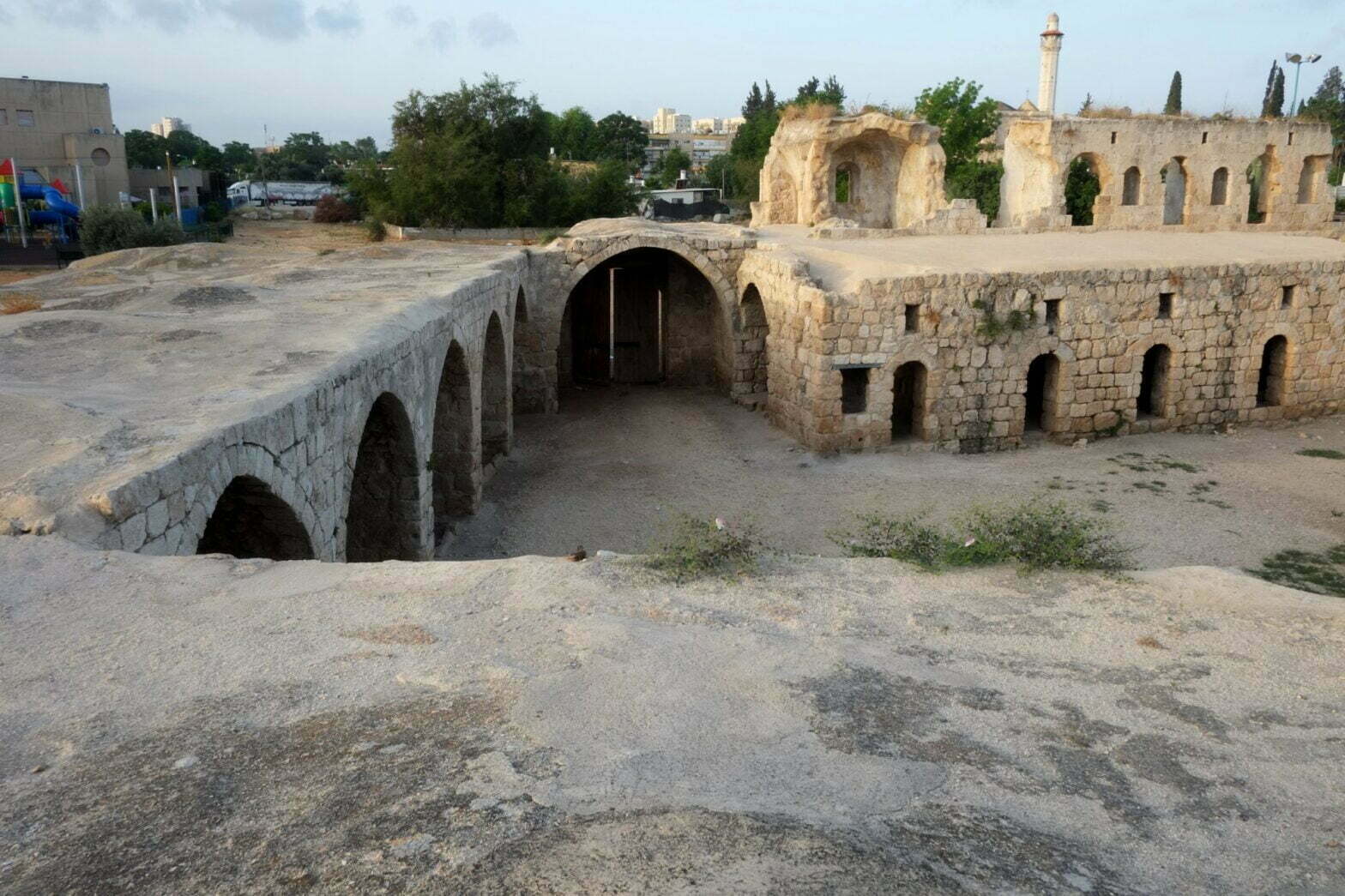During the Ottoman period Lod became a central town in the Ayalon stream area, and an important center for the olive and oil industry. The city still contains several impressive stone buildings used by the oil industry. The city also boasts the beautiful Khan Khilu, mosques and stone buildings which have survived to date.











